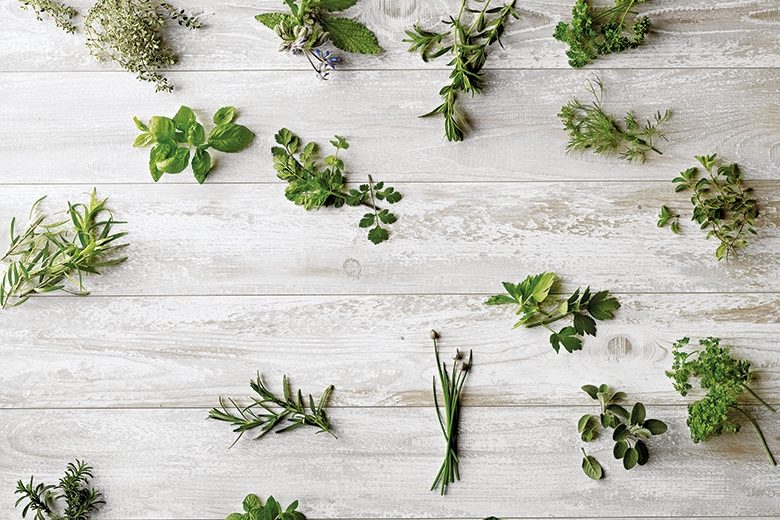
Commonly used to add flavor and color to a dish, cup for cup, fresh herbs are one nutritious bunch.
In addition to vitamins and minerals, the volatile oils in most herbs lend antioxidant, anti-inflammatory and anti-bacterial properties that can deliver impressive disease-fighting health benefits.
Knowing your herbs goes a long way in the kitchen. Soft-leaved herbs such as chervil or basil are best uncooked or added at the end of cooking to retain flavor and color. Hardy herbs such as rosemary can stand the heat and may be added at the beginning of cooking. Herbs vary in intensity, so pair like with like. Match robust rosemary with rich stews and hearty roasted meats; save delicate chervil for spring vegetables and light proteins such as fish. Flavor intensity also can vary by season. Summer savory is milder than winter savory, and rosemary loses a bit of its bite in winter. There also are regional affinities. For example, Mediterranean herbs such as rosemary, marjoram and thyme marry well.
Use fresh herbs to boost nutrition and flavor in leafy green salads, create flavorful vinaigrettes and sauces, and brighten a wide range of dishes. Try sweet pairings: basil with stone fruit, rosemary with apples or pears, or tarragon with grapefruit or chocolate. Be adventurous and add new flavor and variety with less common herbs such as anise hyssop, borage, lovage and sorrel.
Choose vibrant herbs without discoloration or any wilted leaves or stems. Store fresh herbs in a vase with water or in the refrigerator crisper wrapped in a slightly damp paper towel. Growing an herb garden is an easy and economical way to access fresh herbs year-round.
Anise Hyssop
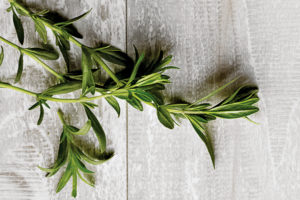
An herbal remedy dating back to biblical times, anise hyssop delivers a slightly minty licorice flavor. This wild herb pairs well with summer berries, melons and honey. Use the edible leaves and flowers to add flavor and color to summer soups and salads.
Basil
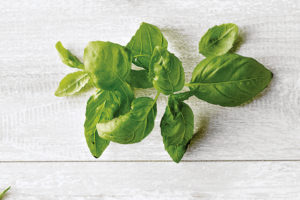
Used as a medicinal herb in parts of Asia, basil is a common culinary herb that’s best in summer. With more than 100 varieties, basil offers a range of distinctive flavors and aromas from lemon and mint to licorice. A staple in Italian cuisine, sweet basil pairs well with Parmesan, ricotta and mozzarella cheeses, tomatoes, pasta, eggs, garlic and poached fish.
Borage
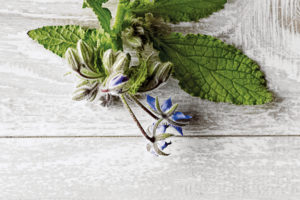
Also known as starflower, borage is native to the Mediterranean. While the leaves are commonly eaten in salads and soups, borage seed oil in certain doses may help reduce the symptoms of rheumatoid arthritis and encourage growth and neurodevelopment in preterm infants. Borage is full of vitamins A and C.
Chervil
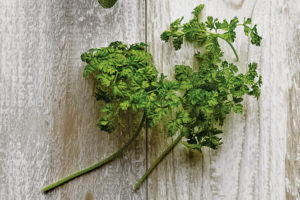
Delicate and attractive, chervil should be used fresh — never cooked. Common in France and Germany, chervil pairs well with asparagus, carrots, peas, creamy soups, salads, eggs and fish. Enjoy chervil bundled with chives, parsley and tarragon. Chervil has bioflavonoids, which may offer digestive benefits and promote vitamin C absorption.
Chives
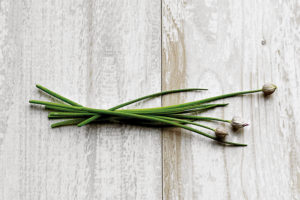
Native to Europe, Asia and North America, chives are a delicate way to introduce onion flavor. Chives pair well with eggs, cheddar and ricotta cheeses, and root vegetables — especially potatoes. Use chives fresh, not cooked, to maintain vibrant color and flavor.
Cilantro
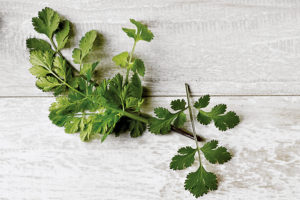
Cilantro commonly refers to the leaves of the coriander plant. This polarizing herb has vitamin A and imparts a unique lemony, floral flavor that people either love or hate. Cilantro pairs well with chili peppers in salsas and curries and is commonly used in Thai, Indian and Mexican cuisine.
Dill
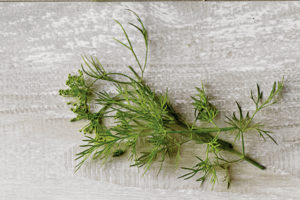
Native to the Mediterranean and southern Russia, dill delivers a sizeable dose of beta-carotene. With a sweet-sour taste, dill is a key ingredient in pickles and pairs well with cucumbers, eggs, potatoes and fish.
Lovage
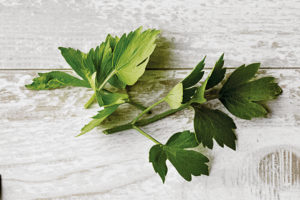
Historically used as a diuretic, lovage is native to the Mediterranean. With an aromatic, celery-like flavor, fresh lovage can be used in salads, soups and vinegars. Lovage pairs especially well with fish, corn and tomatoes.
Marjoram (Sweet Marjoram)
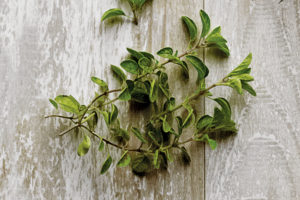
Closely related to oregano, marjoram is native to the Mediterranean. Marjoram’s sweet and spicy flavor goes well with tomato-based soups and stews, salads, egg dishes, fish and chicken. Outside the kitchen, marjoram is appreciated for its diuretic and mild antiseptic properties.
Mint
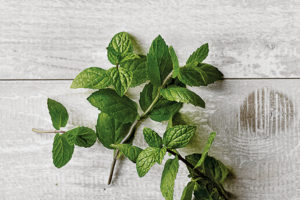
Popular in Mediterranean, Moroccan and Middle Eastern cuisine, mint has a sweet, cooling effect on the palate. Flavor and aromatic intensity vary from mild apple mint and spearmint to strong peppermint. Mint is versatile and pairs well with dark chocolate, cream-based desserts, lamb, cucumbers, young potatoes, carrots or peas, fruit and teas.
Parsley
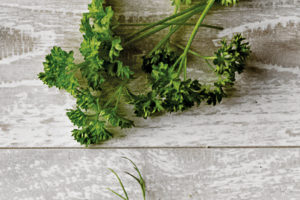
Native to Sardinia, parsley is a staple in Middle Eastern and Moroccan cuisine. One tablespoon of parsley delivers more than 50 percent of the recommended dietary allowance of vitamin K for adults. Parsley pairs well with garlic and lemon, can be used in many dishes — especially fish and soups — and complements most herbs, making it ideal for blending.
Rosemary
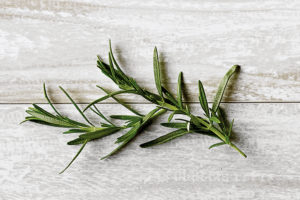
Available year-round with a milder flavor in the winter, this aromatic evergreen shrub is native to the Mediterranean. Rosemary has an affinity for garlic and olive oil and pairs well with fava and white beans, roasted meats and potatoes. Unlike most herbs, this pungent and fragrant herb should be added early in the cooking process.
Sage
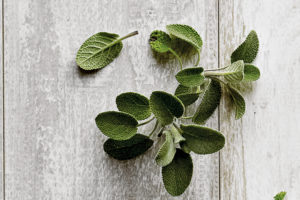
This velvety herb native to the Mediterranean tastes best cooked. Sage pairs well with rich and roasted poultry and meat dishes, onions, pasta and beans. Bundle it with marjoram and thyme or parsley and rosemary for a classic herb combination. As a possible health benefit, sage may enhance cognitive function for those with mild Alzheimer’s disease.
Savory
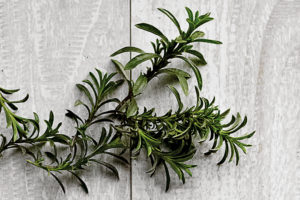
Savory is classified as either summer or winter. Winter savory has a stronger flavor than the summer variety and works best with hardy winter root vegetables and beans. Summer savory pairs well with lighter, summer vegetables. A good substitute for thyme, savory complements garlic, tomatoes and beans and is commonly used in Mediterranean cuisine.
Sorrel

Named for its tart lemony flavor and common in French cuisine, this spinach-like herb goes best with creamy soups and stocks, eggs, fish and seafood. This soft-leaved herb is best used fresh at the end of cooking. Sorrel has plentiful oxalic acid, vitamins A and C, potassium and magnesium.
Tarragon (Dragon Wort)
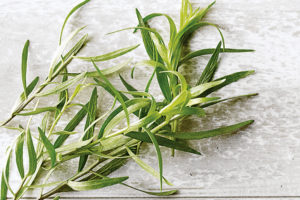
Native to northern Europe and Russia and popular in French cuisine, tarragon delivers a sweet licorice-like flavor. A key ingredient in béarnaise sauce, tarragon can be used in green salads and pairs well with eggs, fish, chicken, goat and ricotta cheeses, and acidic flavors such as citrus, tomatoes, vinegar and parsley.
Thyme

With origins in the Mediterranean, thyme complements many herbs such as savory, rosemary and oregano. Thyme has generous amounts of vitamin C, adds depth to soups and stews and can be used to flavor foods including meats, roasted chicken, fish, mushrooms, onions, potatoes, tomatoes and winter vegetables.








